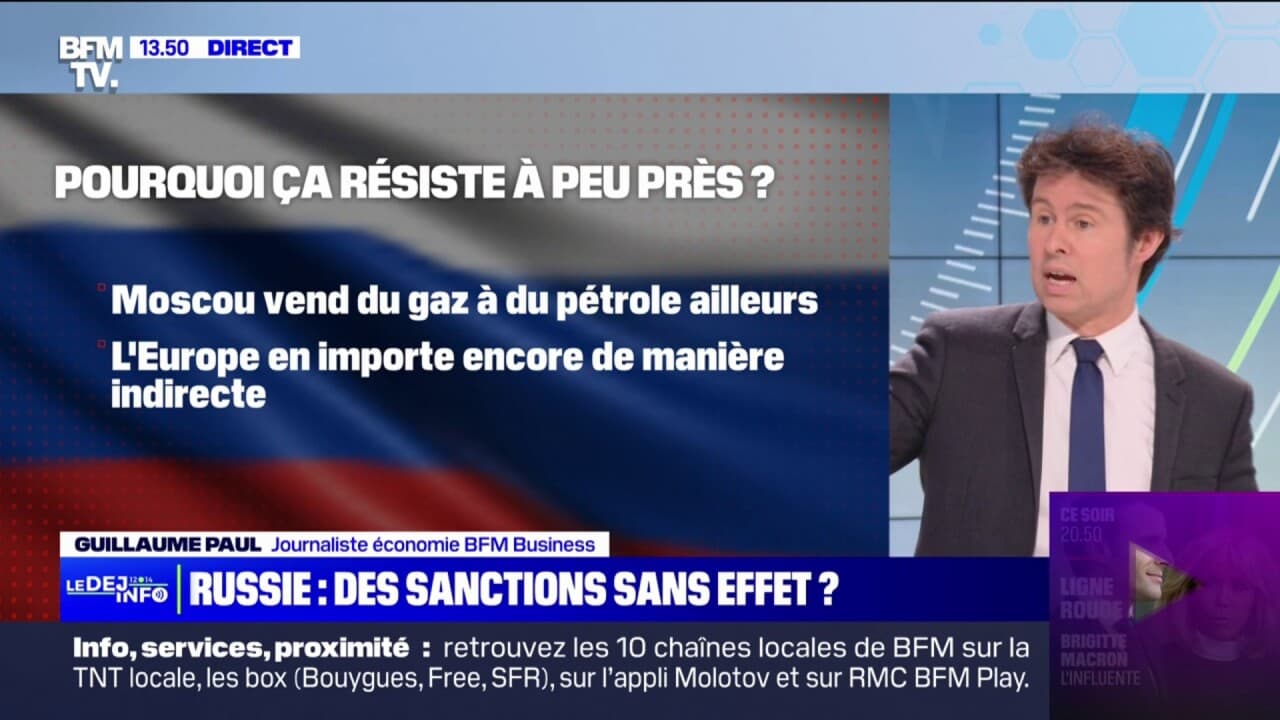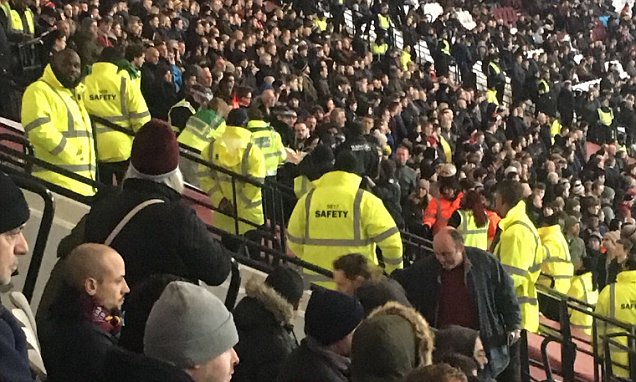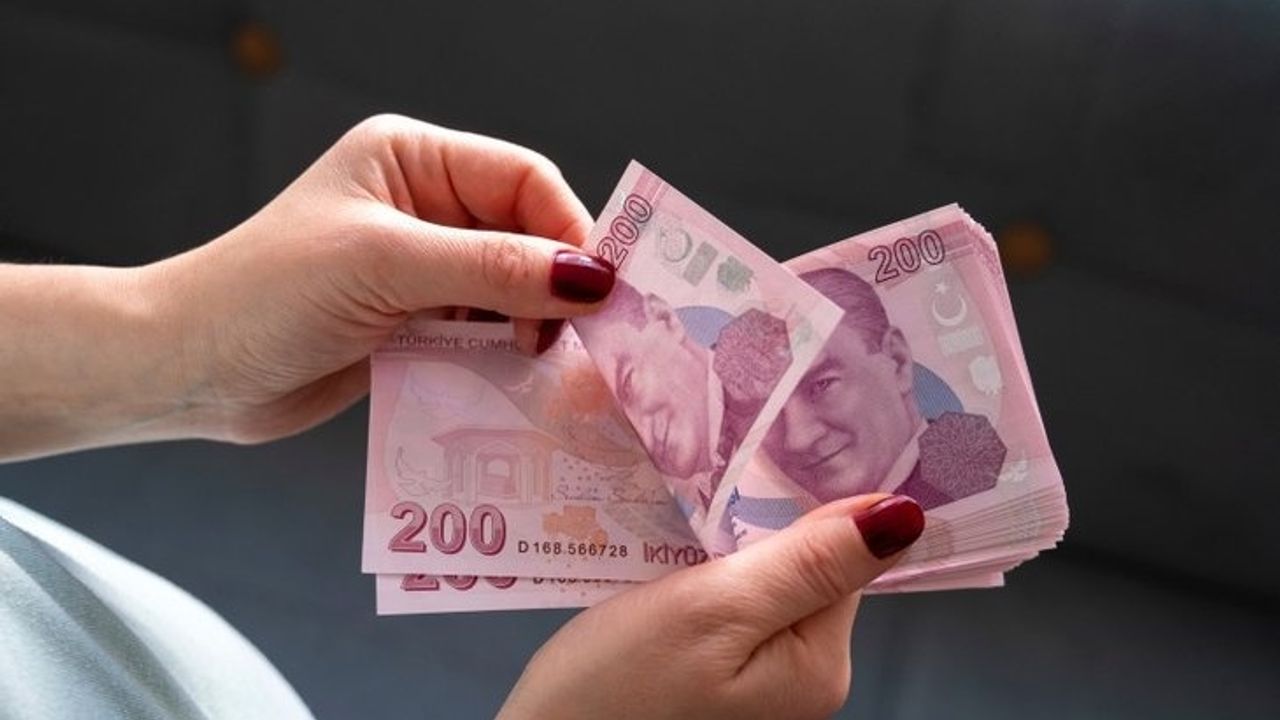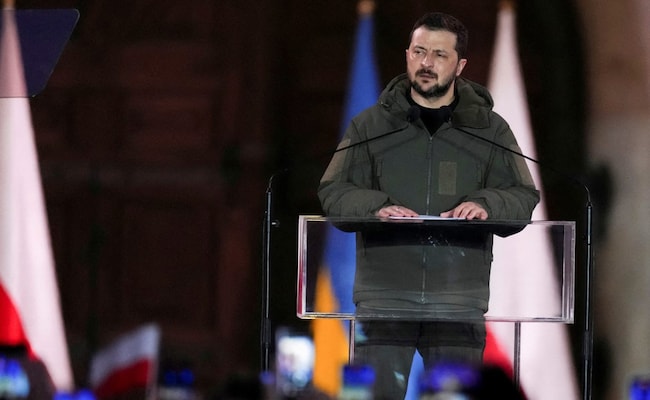The Fall Of Saigon: US Military Personnel Who Risked Their Careers To Rescue Civilians

Table of Contents
The Moral Dilemma: Duty vs. Humanity
The official US military mission during the evacuation of Saigon was clear: prioritize the extraction of American personnel and essential equipment. Limited resources, dwindling time, and the escalating chaos created immense pressure to adhere strictly to these orders.
- Official orders focused on the evacuation of US personnel and equipment, leaving little room for civilian rescue operations.
- Limited resources, including helicopters and transport vehicles, exacerbated the difficulty of rescuing civilians.
- The rapidly deteriorating security situation added to the time constraints and increased the risks involved in any rescue attempts.
However, many soldiers found themselves grappling with a profound moral dilemma. They had spent years working alongside South Vietnamese civilians, building relationships and witnessing firsthand the brutality of the war. The thought of abandoning these people to their fate was unconscionable. This internal conflict forced many to choose between following orders and heeding their conscience. Numerous accounts exist of soldiers choosing to prioritize the rescue of civilians, often defying direct orders and risking severe consequences.
Methods of Civilian Rescue: Beyond Official Channels
Faced with the limitations of official evacuation procedures, US military personnel employed various methods to circumvent regulations and save civilian lives. These actions often fell outside the scope of their official duties and put them at considerable personal risk.
- Secretly loading civilians onto evacuation helicopters: Soldiers would discreetly slip civilians onto helicopters designated for American personnel, often risking discovery and disciplinary action.
- Providing safe passage through checkpoints: Soldiers used their authority and influence to guide civilians through checkpoints, ensuring they weren't caught in the escalating violence.
- Using personal resources (vehicles, supplies) to aid civilians fleeing Saigon: Many soldiers used their own vehicles and supplies to transport civilians to safety, extending help beyond what official channels provided.
- Working with underground networks to assist escapees: Some soldiers collaborated with local resistance networks and underground organizations to help facilitate the escape of civilians through secret routes and escape tunnels.
Numerous accounts detail successful civilian rescues. Stories of soldiers risking their careers to help families escape the encroaching North Vietnamese army are testament to their courage and selflessness. These acts highlight the ingenuity and determination of those who refused to stand idly by while innocent lives were at stake. These "helicopter rescues," often clandestine operations, and the creation of impromptu escape routes became vital in the civilian evacuation of Saigon.
The Risks and Consequences: Facing Reprisal
The soldiers who defied orders to rescue civilians faced significant risks and potential consequences. Their actions were a direct challenge to military hierarchy and could have resulted in severe repercussions.
- Court-martial or disciplinary action: Defying direct orders is a serious offense in the military, potentially leading to court-martial and severe penalties.
- Damage to career prospects: Even without formal punishment, participating in unsanctioned rescue operations could severely damage a soldier's career prospects and future advancement.
- Social stigma or ostracism: In the aftermath of the war, some soldiers who defied orders faced social stigma and ostracism from colleagues or superiors who prioritized adherence to rules over humanitarian concerns.
Despite these risks, many soldiers chose to act according to their conscience, prioritizing human life over adherence to strict military protocols. Their actions represent moral courage and a profound commitment to human dignity. The long-term impact on their careers and lives varied, but their bravery remains an important part of the narrative surrounding the Fall of Saigon.
The Legacy of Courage: Remembering the Unsung Heroes
The actions of these US military personnel during The Fall of Saigon and the subsequent civilian rescue efforts represent a significant and often overlooked aspect of the Vietnam War.
- Their actions highlight the compassion and humanity displayed by individual soldiers amidst the chaos and brutality of war, demonstrating that even in conflict, human empathy endures.
- Their bravery serves as a powerful testament to the moral complexities of armed conflict, challenging the simplistic narratives of duty and obedience often associated with military service.
- The stories of these soldiers inspire reflection on the human cost of war, emphasizing the importance of acknowledging the suffering of all those affected by conflict, regardless of nationality or affiliation. These unsung heroes embody the ideals of humanitarian efforts and civilian protection during wartime.
The legacy of their courage continues to resonate, reminding us of the importance of moral courage in the face of adversity and the enduring power of human compassion in the midst of conflict.
Conclusion:
The Fall of Saigon witnessed not only the end of a war but also the unfolding of remarkable acts of bravery and selflessness. US military personnel, confronted with the moral dilemma of duty versus humanity, risked their careers and safety to rescue South Vietnamese civilians. Their methods, often defying official procedures, ranged from secretly loading civilians onto helicopters to guiding them through treacherous checkpoints and utilizing personal resources for their escape. These actions, though fraught with the risk of disciplinary action and lasting career consequences, underscore the enduring power of compassion and moral courage. Researching the civilian rescue efforts during The Fall of Saigon, discovering the stories of the courageous soldiers who rescued civilians from Saigon, and understanding the impact of the Fall of Saigon on civilian lives, is crucial to fully grasping this complex historical event. We encourage you to delve deeper into this important history by exploring relevant archives, museums, and documentaries to further understand the heroic efforts undertaken during this tumultuous period.

Featured Posts
-
 Sanctions Contre La Russie Macron Prepare De Nouvelles Actions
May 03, 2025
Sanctions Contre La Russie Macron Prepare De Nouvelles Actions
May 03, 2025 -
 Family Mourns The Loss Of Beloved Manchester United Fan Poppy
May 03, 2025
Family Mourns The Loss Of Beloved Manchester United Fan Poppy
May 03, 2025 -
 Avrupa Ile Is Birliginin Gelecegi Kritik Konular Ve Beklentiler
May 03, 2025
Avrupa Ile Is Birliginin Gelecegi Kritik Konular Ve Beklentiler
May 03, 2025 -
 Gaza Freedom Flotilla Sos Drone Attack Allegations Off Malta Coast
May 03, 2025
Gaza Freedom Flotilla Sos Drone Attack Allegations Off Malta Coast
May 03, 2025 -
 David Tennants Return To The Max Harry Potter Series Unlikely
May 03, 2025
David Tennants Return To The Max Harry Potter Series Unlikely
May 03, 2025
